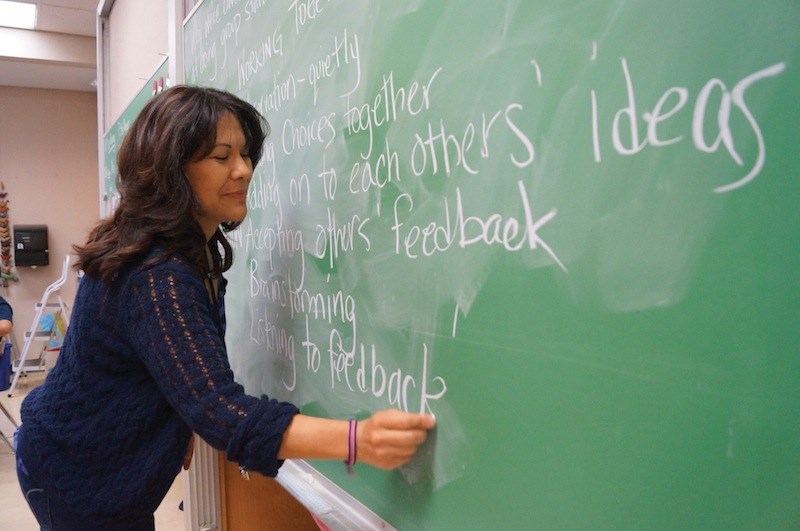One of the little quirks of public education is that it tends to equip said public with the ability to think logically and do basic math. So, if someone says something like, oh say, “We’re spending a record amount on education,” many of us will think, “Yes, and I’m spending a record amount on tomatoes, not to mention keeping the lights on.”
The fact a government is spending “a record amount” on anything, means nothing — such is the reality of a rising cost of living.
This “record amount” line is of issue right now — as it is every time the provincial government demands local boards of education to cut their budgets. Earlier this year, the BC Liberals told Richmond School District to take its share of the hit by cutting $4.2 million.
In reply to the trustee’s letter stating that such cuts were “untenable,” the minister of education’s deputy minister wrote …all together now… the government is spending a “record $5.1 billion in education this year.”
Granted, educating the approximately 640,000 youth in this province is expensive. However, I don’t doubt district secretary treasurer Mark De Mello when he says there is no more fat to trim, and we’re now looking at, as he put it, “amputation.”
Think about that as you read our Coffee with ... Shelley Moore story (page 25).
It’s a touching and hopeful story about an “at risk” student with a learning disability and behavioural problems, who is now completing a PhD and a book to come out in June. Her day job is as an education consultant with the district, working with special needs students and their teachers.
Moore’s mission is to “presume competence” and bring full inclusion into the classroom. It’s hard not to be wowed by her drive and optimism. She’s all about recognizing students have unique paths towards potential. Moreover, she argues all students benefit, by way of learning compassion, empathy and side-ways thinking, when special needs students are in the class.
Her doctoral research is centred around “how special needs students, supported by adequate resources and goals, affect the learning of other children.”
…and there’s the rub, “supported by adequate resources.” The last round of cuts took educational assistants out of most classrooms, and now an additional $4.2 million is to be cut. It’s hard to see how inclusion and student-centred learning can work now.
No one would say they don’t want to see special needs students reach their potential, or they don’t care if non-special needs students learn compassion and awareness of diversity. But are we willing to pay for it? The reality is “adaquate resources” costs. Then again, so do “at risk” kids who aren’t supported and don’t end up completing PhDs and writing books.



